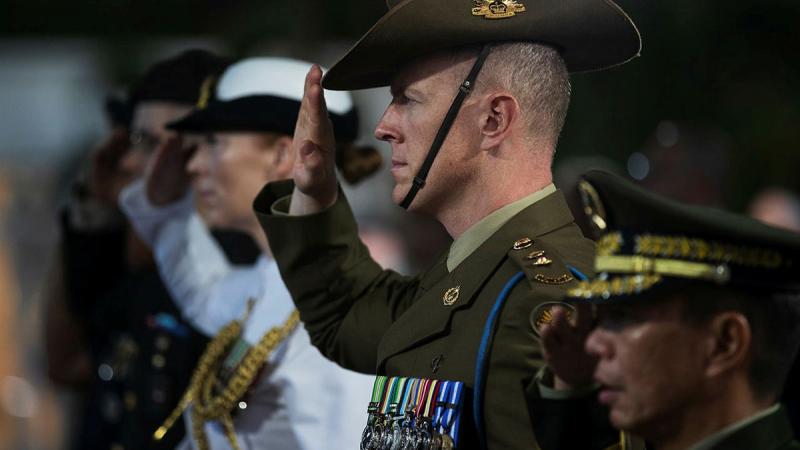The residual impacts of the 2019-2020 bushfires in the state’s far eastern corner have been significant and, 18 months on, continue to influence operational decisions at Forest Fire Management Victoria (FFMVic). This year, planned burning in the Snowy district was heavily influenced by the impact of these fires, reducing the need for burns by at least 60%.
The nature of bushfire in Victoria is changing. The impact of climate change means hotter, drier conditions for longer periods of time. Living in Victoria means living with fire.
Stretching from Tostaree to the NSW state border and north to Bendoc, the Snowy District encompasses a diverse range of landscapes, from cool temperate rainforest to coastal dunes. For the human and ecological communities who occupy them, recovery is only just beginning
The risk profile of bushfire in the Snowy district has dramatically reduced following the 2019-2020 fires due to the reduction in fuel available to burn. As a result, targets of what usually would have been 20,000-30,000 hectares were adapted, with the Snowy district treating 2250 hectares across bushfire and landscape moderation zones.
The reduction in the planned burning program enabled taskforces from the Snowy District to travel to other parts of the state to support critical planned burning programs focused on protecting communities and livelihoods in reducing bushfire risk.
Ross Cutlack, Senior Forest Fire Management Officer for the Snowy district, said a highlight of the program was working alongside Snowy landholders to conduct complex cross-tenure burns
“A really rewarding aspect has been our ability to deliver burns across boundaries of private and public land. Landholders were able to ignite when the conditions were suitable with the benefit of FFMVic crews carrying out fuel reduction burns on adjacent state forest,” he said.
“This was a win-win for local landholders in developing their confidence, allowing them to take the opportunity to set themselves up for the future burning, where previously they may have been a bit nervous.”
For FFMVic staff, using all available tools year-round to reduce bushfire risk only becomes more important following a fire the size and intensity of that which burnt in 2019-2020. The Snowy Complex fire was the last major Victorian fire still burning in mid-February 2020.
“Planned burning and fuel management have always generated debate in our community. Views on this part of our work are diverse. It’s important to continue to deliver programs that protect communities from bushfire through effective fuel management programs,” said Ross Cutlack.
“We remain conscious of what individuals, staff and communities have been through. I’m particularly proud of the ability of staff to remain focused and deliver the work and apply themselves in difficult circumstances. The legacy of the fires is still with the staff and the community.”
The adaptability of FFMVic’s approach in delivering the Joint Fuel Management Program was highlighted through the Snowy district’s approach at the Wombat Track planned burn site in late April.
Real-time information on local Glossy Black Cockatoo priority feeding habitat saw additional protection measures introduced at the site, Incorporating this information and responding accordingly aimed to strike the delicate balance between reducing risk and preserving habitat which had been largely lost as a result of last year’s fires.
“A changed landscape in the far east corner of the state means we will do our work differently,” said Ross.
“This season has been an enormous challenge, but in the end, we’ve been able to accommodate values and still achieve a result, demonstrating as a team, our responsiveness, flexibility and commitment.”
To learn more about FFMVic’s planned burning program click here.








